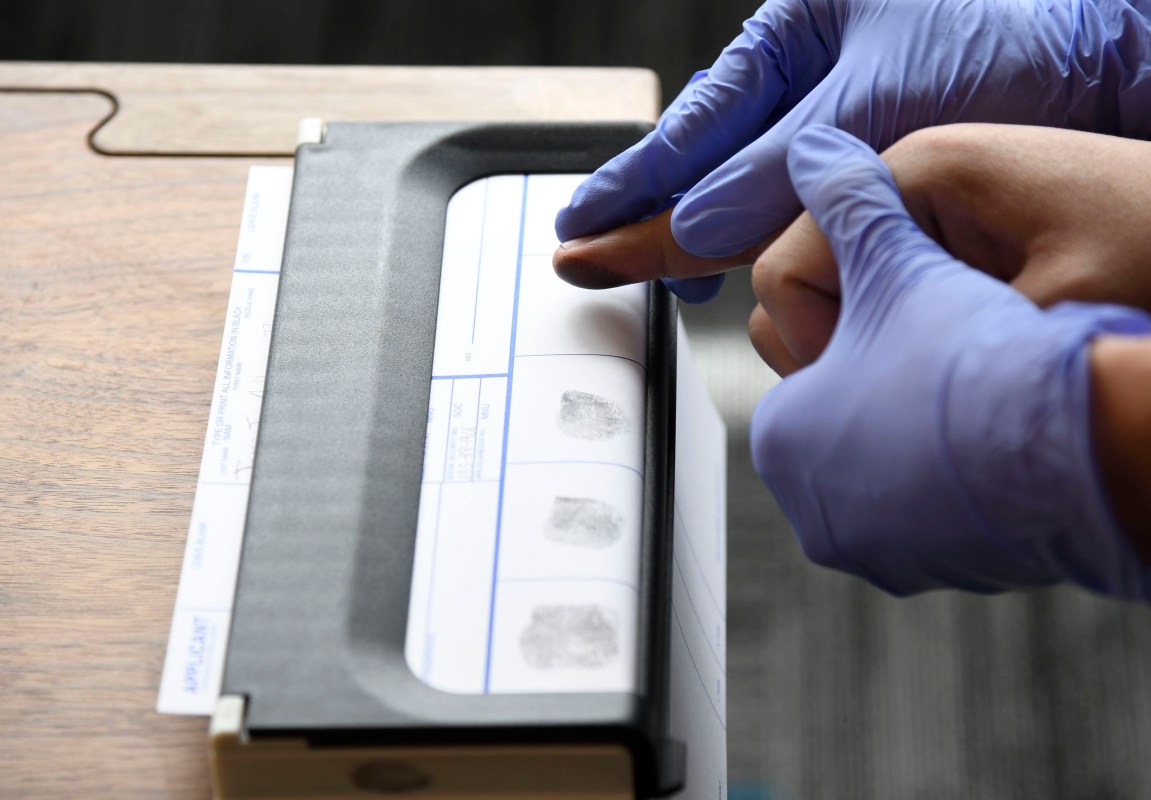A new story in the Paris Review examines the history of fingerprints and attempts to understand the enormous role they may play in our future. People across the world have recognized the unique power of fingerprints as marks of identification for centuries, as a Persian vizier in 1303 made reference to the Qin and Han Dynasties using fingerprints as signatures.
In the late 19th Century, physician Henry Faulds told Charles Darwin of the identification capabilities of fingerprints, and the sickened Darwin passed on the research to anthropologist Francis Galton, who went on to make major strides in fingerprint science.
The fact that so many of us use our finger or thumbprints to get into our iPhones now, where so much of our personal information is stored, is a sneak preview of the future. There are already bars using biometrics to ID people at the door, and fingerprints could soon become the primary tool of airport security among many other gatekeepers in society.
Thanks for reading InsideHook. Sign up for our daily newsletter and be in the know.


















